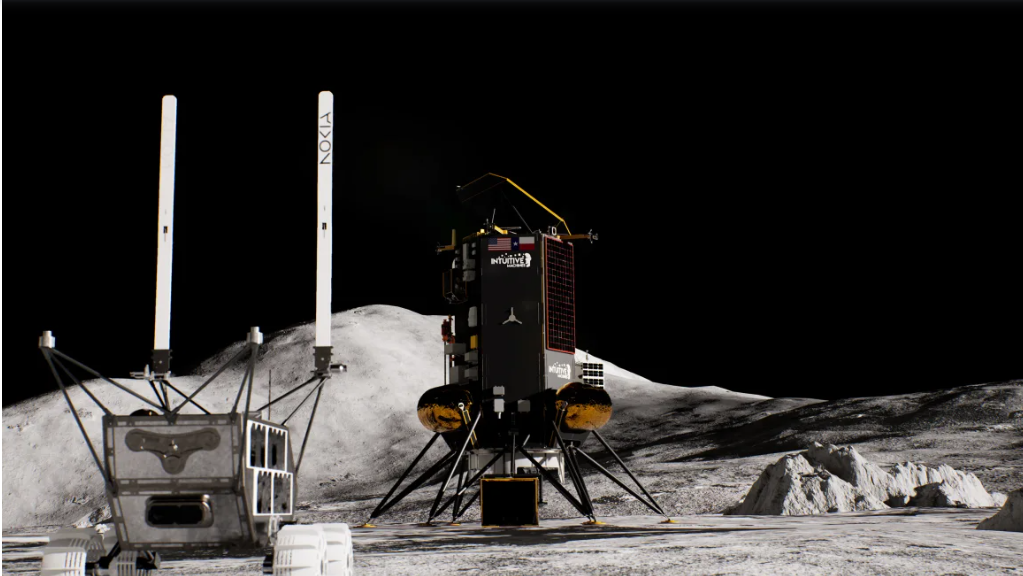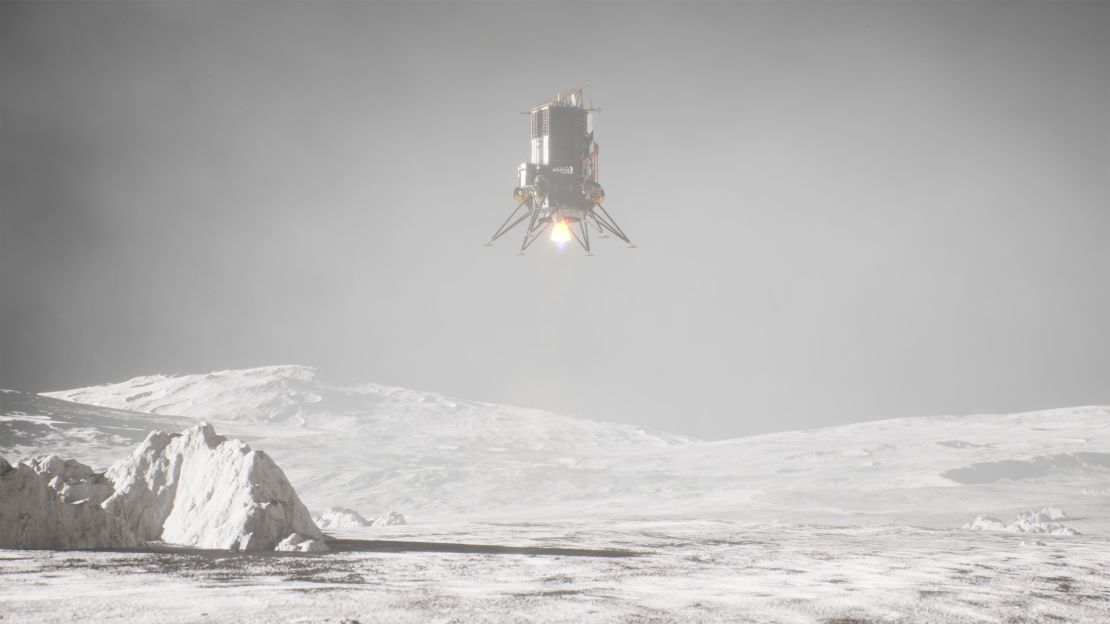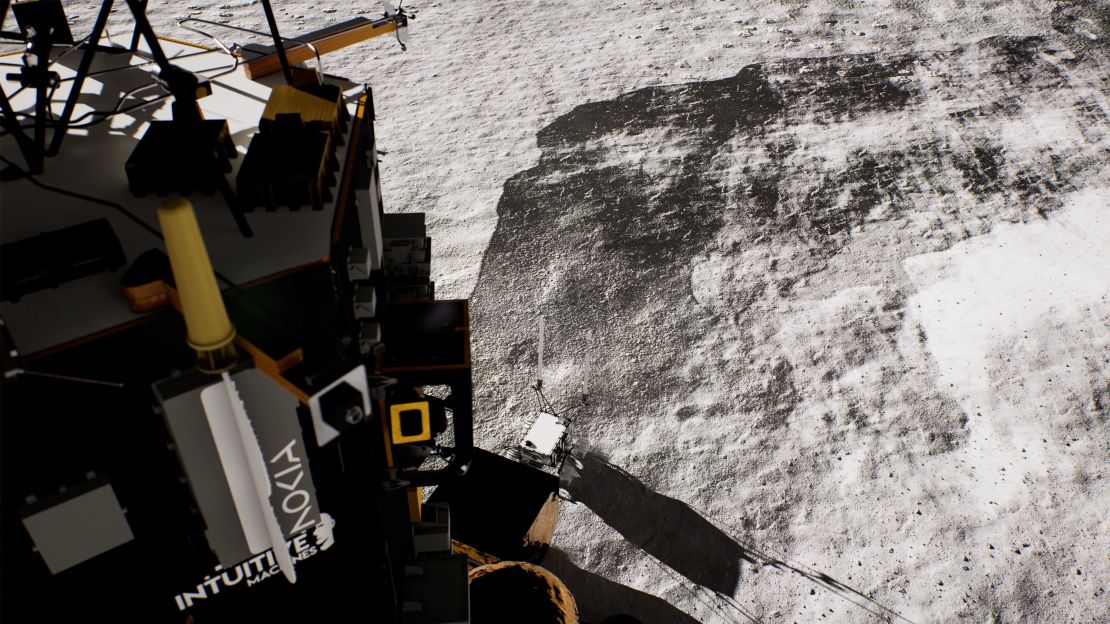
Table of Contents
Toggle4G Streaming: The Future of Lunar Communications and Space Exploration
Imagine texting on the Moon or streaming videos from Mars—these might sound like ideas straight out of science fiction, but thanks to an exciting new partnership between NASA and Nokia, 4G streaming technology could make these possibilities a reality. The duo has teamed up to install a cellular network on the Moon, laying the foundation for long-term human presence in space and enabling communication on the lunar surface.
In this article, we’ll explore how 4G streaming is set to revolutionize space exploration, its potential applications, and the challenges it faces.
What Is 4G Streaming and How Will It Work on the Moon?
4G streaming refers to the ability to stream data and communicate through a fourth-generation (4G) cellular network, offering high-speed internet access. While Earth’s 4G networks provide fast and reliable communication, bringing this technology to space presents unique challenges.
NASA and Nokia are working together to establish a 4G network on the Moon using a cellular system designed to handle the extreme conditions of space. A SpaceX rocket is scheduled to launch a lander carrying the 4G network unit to the Moon’s south pole, where it will be installed and remotely controlled from Earth.
The goal of this mission is to use 4G streaming to support future lunar exploration, including sending high-resolution data and video to Earth and enabling real-time communication between astronauts and mission control.

Read more: DeepSeek’s AI claims have made waves globally — but skepticism remains.
NASA’s Role in 4G Streaming Technology on the Moon
NASA’s involvement in 4G streaming technology stems from its need for reliable communication systems as part of the Artemis program. The Artemis mission aims to return astronauts to the Moon and eventually send humans to Mars. NASA has recognized the importance of establishing a lunar communication network capable of handling advanced science data and video transmission.
Walt Engelund, Deputy Associate Administrator for NASA’s Space Technology Mission Directorate, emphasized that communication on the Moon will be as critical as other essential mission elements such as power and breathable air. 4G streaming will ensure that astronauts can stay connected, share vital data, and communicate with their families.
4G Streaming: The Challenges of the Harsh Lunar Environment
One of the most significant challenges in setting up a 4G streaming network on the Moon is ensuring the technology can withstand the harsh lunar environment. The Moon’s surface is exposed to extreme temperatures, cosmic radiation, and other conditions that would make operating regular communication equipment impossible.
Nokia’s Bell Labs is leading the effort to develop a space-qualified 4G streaming system that can endure these conditions. The technology is designed to meet strict size, weight, and power requirements while being capable of autonomous deployment without the need for human intervention.
Building the 4G Network for Space
The 4G network unit is being constructed using commercial components that are adapted for space travel. Once the system arrives on the Moon via the lander, it will connect to two special vehicles tasked with exploring lunar ice.
For the first time in history, 4G streaming will be used to transmit images of lunar ice back to Earth in near real-time. These images could provide unprecedented insights into the Moon’s resources, potentially unlocking the ability to generate breathable oxygen and fuel for future missions.
The Lunar Communications System and Its Role in the Artemis Program
NASA’s Artemis program aims to establish a sustainable presence on the Moon by the end of this decade. As part of this effort, reliable communications systems like 4G streaming will be necessary to support high-resolution video feeds and data collection for scientific research.
Astronauts participating in the Artemis missions will need a robust lunar communication system to enable smooth interaction with Earth. 4G streaming will provide the backbone for this system, allowing for seamless communication that could include everything from video calls to real-time science data transmission.
The Role of 4G Streaming in Future Space Missions
As Artemis missions become more sophisticated, the demand for advanced communication systems will increase. The success of 4G streaming on the Moon could serve as a model for future space missions, including those to Mars and beyond.
Eventually, these technologies could lay the groundwork for an off-world internet that functions similarly to Earth’s. This would allow space colonists and astronauts to connect to networks using personal devices, enabling them to access apps and services just like they would on Earth.

4G Streaming’s Potential Beyond the Moon
While the focus of the 4G streaming technology on the Moon is to support NASA’s missions, there are broader commercial implications for this technology. If the system can withstand the extreme conditions of space, it could be adapted for use in some of Earth’s most challenging environments.
For instance, remote areas such as polar ice caps, deserts, and offshore platforms could benefit from this 4G streaming technology. The equipment’s compact design and ability to operate autonomously could prove invaluable in sectors like public safety, emergency response, industrial sites, and disaster recovery.
The Future of 4G Streaming: Expanding to Earth’s Harshest Locations
Thierry Klein, president of Bell Labs Solutions Research, highlighted the potential for 4G streaming technology to be deployed in remote locations on Earth. In addition to space applications, the technology could enhance connectivity in areas with limited or no communication infrastructure.
The system’s durability and small footprint make it ideal for transporting and deploying in rugged environments where traditional communication networks are impractical. In these scenarios, 4G streaming can provide critical data transmission and support vital operations.
4G Streaming: A Crucial Step for Future Lunar and Mars Missions
The partnership between NASA and Nokia represents a critical step forward in space communication. The ability to establish a 4G streaming network on the Moon could serve as a blueprint for future space missions, especially as humanity looks to expand its presence on the Moon and eventually Mars.
As the technology matures, 4G streaming will enable not only scientific breakthroughs but also better communication for astronauts and space colonists. From texting on the Moon to streaming live footage of Mars, this advancement promises to make space exploration more connected than ever before.
Conclusion: 4G Streaming and the Future of Space Communication
The upcoming launch of 4G streaming technology on the Moon represents a significant milestone in the advancement of space communication. Thanks to the efforts of NASA and Nokia, 4G streaming will play an essential role in supporting future lunar missions and setting the stage for Mars exploration. The successful implementation of this technology will provide astronauts with the tools they need to stay connected and share vital scientific data, laying the foundation for a new era of space exploration.
As 4G streaming evolves, its potential extends beyond the Moon. The technology could revolutionize communication in Earth’s most remote locations, providing a glimpse into the future of connectivity both on our planet and beyond.
Follow us to stay updated with useful, hot information every day: https://www.facebook.com/dailycurrents.us








